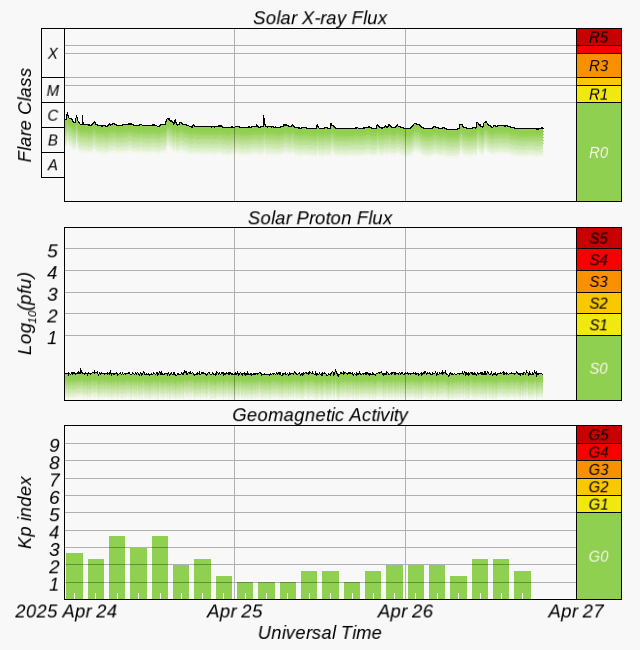
A model for California? [image credit: Hitesh vip @ Wikipedia]
– – –
UC Santa Cruz researchers published a
new study—in collaboration with UC Water and the Sierra Nevada Research Institute at UC Merced—that suggests covering California’s 6,350 km network of public water delivery canals with solar panels could be an economically feasible means of advancing both renewable energy and water conservation.
The concept of “solar canals” has been gaining momentum around the world as climate change increases the risk of drought in many regions, claims TechXplore.
Solar panels can shade canals to help prevent water loss through evaporation, and some types of solar panels also work better over canals, because the cooler environment keeps them from overheating.
Pilot projects in India have demonstrated the technical feasibility of several designs, but none have yet been deployed at scale.
California’s canal network is the world’s largest water conveyance system, and the state faces both a drought-prone future [Talkshop comment: evidence-free assertion] and a rapid timeline for transitioning to renewable energy.
Solar canals could target both challenges, but making the case for their implementation in California requires first quantifying the potential benefits. So that’s exactly what researchers set out to do in their paper published by Nature Sustainability.
“While it makes sense to cover canals with solar panels because renewable energy and water conservation is a win-win, the devil is in the details,” said Brandi McKuin, lead author of the new study and a UC Santa Cruz postdoctoral researcher in environmental studies. “A critical question was whether the infrastructure to span the canals would be cost-prohibitive.”
Canal-spanning solar panels are often supported either by steel trusses or suspension cables, both of which are more expensive to build than traditional support structures for ground-mounted solar panels.
But McKuin led a techno-economic analysis that showed how the benefits of solar canals combine to outweigh the added costs for cable-supported installations. In fact, cable-supported solar canals showed a 20-50 percent higher net present value, indicating greater financial return on investment.
In addition to benefits like increased solar panel performance and evaporation savings, shade from solar panels could help control the growth of aquatic weeds, which are a costly canal maintenance issue. Placing solar panels over existing canal sites could also avoid costs associated with land use.
Now that the new paper has provided a more concrete assessment of these benefits, members of the research team hope this could lead to future field experiments with solar canals in California.
Full article here.





















 By Dr. Jay Lehr~
By Dr. Jay Lehr~ None have been better than the newest contribution by Patrick Moore and certainly none as up to date as this just published contribution to real science. We all know by now that Patrick co-founded Greenpeace. It was in an effort to stop underground hydrogen bomb testing and later to save whales and Harp seals. He was still studying for his degree in Ecology at the University of British Columbia (UBC). Fifteen years later when Greenpeace became a money machine in the war to scare the public with one environmental lie after another, he resigned and became their public enemy number one. The tipping point was the organization’s initiation of a campaign to ban chlorine, the…
None have been better than the newest contribution by Patrick Moore and certainly none as up to date as this just published contribution to real science. We all know by now that Patrick co-founded Greenpeace. It was in an effort to stop underground hydrogen bomb testing and later to save whales and Harp seals. He was still studying for his degree in Ecology at the University of British Columbia (UBC). Fifteen years later when Greenpeace became a money machine in the war to scare the public with one environmental lie after another, he resigned and became their public enemy number one. The tipping point was the organization’s initiation of a campaign to ban chlorine, the…


